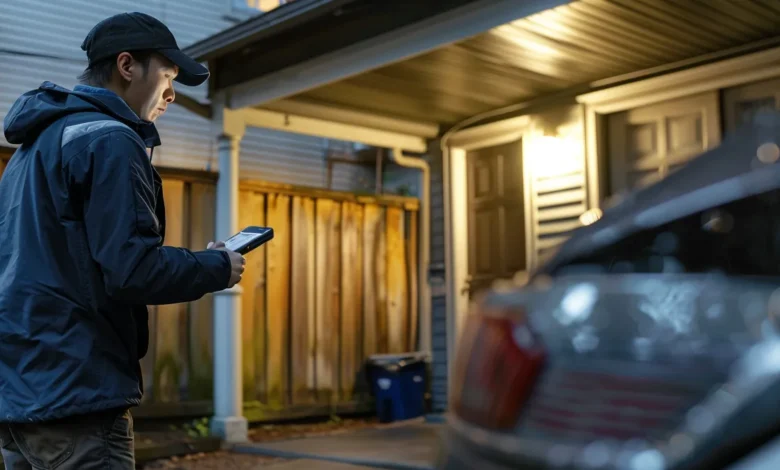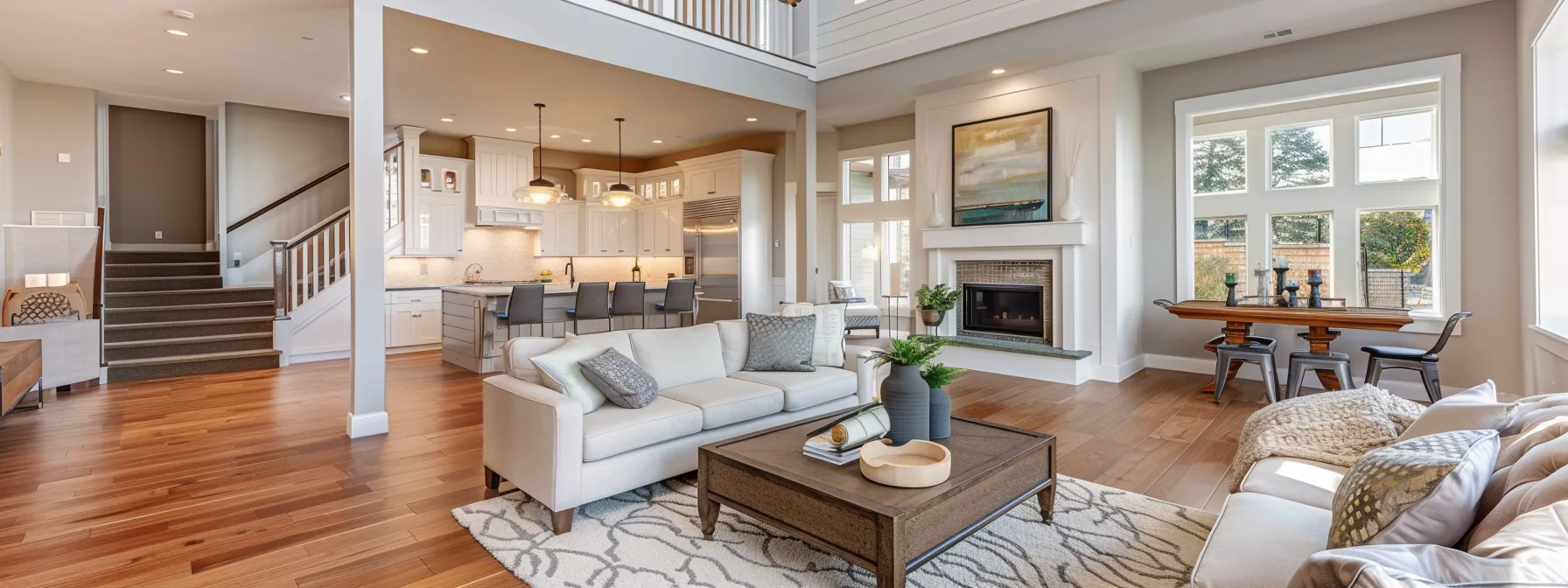A Step-By-Step Guide To Flipping Your First Older House

House flipping has become an increasingly popular venture for many seeking to invest in real estate and turn a profit. By harnessing the potential of older houses that need a touch of care and modernization, investors can flip homes to sell for a considerable gain. However, before you grab a hammer and dive into renovations, it’s vital to understand the intricacies that come with flipping houses. In this article, we offer a step-by-step guide to help you navigate the process of flipping your first older house successfully.
Designing a Renovation Plan That Maximizes Value
The design phase of your renovation plan is where creativity meets strategy. The goal is to upgrade the home to appeal to a wide range of buyers. It’s worth considering employing design professionals who specialize in custom home renovations, to ensure that your updates are both aesthetically pleasing and functional.
Energy efficiency is now at the forefront of many buyers’ minds, so consider investing in improvements that promise long-term savings, like upgraded insulation, high-efficiency appliances, and LED lighting. Such enhancements not only attract buyers but can also increase the home’s value significantly. The focus should be on both cosmetics and substances.
Navigating the Renovation Process Effectively
Once the planning is done, it’s time for the renovation to begin. This phase of flipping is often the most stressful, as it requires precise coordination of contractors, material deliveries, and timelines. Schedule each stage of the renovation carefully and allow for some buffer time for the inevitable delays and surprises that occur with older homes.
Effective communication with your renovation team is imperative to keep your project on track. Be clear about your expectations, budget, and timeline. It’s wise to choose experienced contractors who come highly recommended, as their expertise can be invaluable. Moreover, effective project management can prevent costly missteps and ensure quality workmanship.
Overseeing the finances is another crucial aspect of the renovation. Ensure you maintain a contingency fund for unexpected costs, which are particularly common when working with older homes. Companies like Gentry Service Group in Asheville NC can provide expert assistance in managing your HVAC system on a budget. Financial discipline helps keep the project within budget and safeguards your expected profits.
Assessing and Purchasing the Right Older House
Finding the right property is a linchpin in the house flipping process. Targeting older homes means dealing with potential structural issues and outdated systems. A thorough inspection by professionals will inform you of the underlying condition of the plumbing, electrical, and foundation. This step cannot be overstressed, as major repairs can significantly eat into profit margins.
When assessing an older home, pay attention to its layout and functionality. Today’s buyers often favor open concepts and multipurpose spaces. Determine if the existing framework allows for such modifications without incurring prohibitive costs. In some cases, knocking down a non-load-bearing wall or two can make a world of difference.
The location of the property also heavily influences its flip potential. Desirable school districts, proximity to amenities, and low crime rates are factors that increase a home’s marketability. It’s worth spending time to understand local real estate trends to ensure you’re investing in a location with appreciating property values.
Marketing and Selling Your Renovated Property

With the renovation complete, your focus shifts to marketing and selling the home. High-quality real estate photography can make a world of difference in how your property is perceived online, where most buyers begin their search. Professional staging is another powerful tool that can enhance the appeal of your flipped property, making it easier for prospective buyers to envision themselves in the space.
Price your home competitively by comparing similar, recently sold properties in the area. An overpriced home can sit on the market, incurring costs, while underpricing can leave money on the table. An experienced real estate agent can offer valuable advice to hit the sweet spot in pricing that generates interest and leads to a swift sale.
The art of negotiation once again comes into play during the offer and sales process. Be prepared to navigate counteroffers and contingencies. It’s critical not to let emotions drive your decisions; remain objective and focused on the business aspect to achieve the best possible outcome. Remember, each day the property remains unsold affects your ultimate profit.
Altogether, flipping your first older house successfully hinges on comprehensive planning, an understanding of the real estate market, and meticulous execution from purchase to sale. Overall, by adhering to a strategic approach and heeding the advice provided in this guide, flipping an older house can prove to be not just profitable, but also a fulfilling venture into the realm of real estate investing.



